How to use pickleball paddle grip tape to enhance athletic performance?
Nov 11, 2025
In the dynamic and competitive sport of pickleball, every detail can be a critical factor influencing the outcome of a match. The pickleball paddle grip tape, a seemingly inconspicuous accessory, actually harbors immense potential. If utilized skillfully, it can significantly enhance athletic performance.
An appropriate pickleball paddle grip tape is the foundation for improving athletic performance. There is a wide variety of grip tapes available on the market, with different materials. Common types include PU grip tapes, towel grip tapes, and keel grip tapes. PU grip tapes are soft and elastic, with a fine surface. They offer moderate friction and excellent sweat-absorbing properties, making them suitable for daily use by most players. Towel grip tapes have extremely strong sweat-absorbing capabilities, capable of absorbing a large amount of sweat in a short time, keeping the hands dry. However, their anti-slip effect is relatively weak, and their durability is slightly inferior. Keel grip tapes feature raised rib structures inside, which not only increase friction when holding the paddle but also provide a certain degree of shock absorption, reducing the impact of the sport on the hands. Players should select the most suitable grip tape based on their hand sweat conditions, grip habits, and personal budgets.
Properly wrapping the grip tape is a crucial step in fully leveraging its functions. When wrapping the grip tape, start from the bottom of the paddle handle and wind it upwards with even pressure. Pay attention to keeping the grip tape flat and avoiding wrinkles or twists, as these can affect the comfort and friction when holding the paddle. The tightness of the wrapping is also of utmost importance. Over-tightening can make the hands feel constricted, affecting hand flexibility, while under-tightening can cause the grip tape to slide easily, failing to provide a stable grip. Generally, the wrapped grip tape should fit snugly against the handle, allowing the hands to apply force and relax naturally when holding the paddle. Additionally, the length of the wrapping should be adjusted according to individual grip habits to ensure that the entire palm can fully contact the grip tape when holding the paddle, achieving the best grip feel.
Enhancing the anti-slip effect of the grip tape is an important guarantee for ensuring stable athletic performance. During intense exercise, hand sweating is inevitable. Sweat can make the grip tape slippery, affecting the stability of the grip. Regularly replacing the grip tape is also an effective method to enhance the anti-slip effect. As the usage time increases, the grip tape will gradually wear out, become slippery, and lose its original performance. Promptly replacing it with a new one ensures that the hands are always in contact with a surface that has good friction, providing reliable protection for athletic performance.
Reducing hand fatigue is also an aspect that cannot be overlooked when using grip tape to enhance athletic performance. Prolonged exercise can cause hand muscle fatigue, affecting the stability of the grip and the accuracy of hitting. Selecting a grip tape of an appropriate thickness can alleviate this fatigue to a certain extent. Thicker grip tapes provide better cushioning and support, reducing the impact of the sport on the hands and lowering the burden on hand muscles. Meanwhile, engaging in appropriate hand relaxation activities during breaks or after exercise, such as massaging hand muscles and rotating wrists, combined with the use of grip tape, can effectively reduce hand fatigue, prevent hand injuries, and keep players in good condition for subsequent exercise.
Although the pickleball paddle grip tape is a small sports equipment, it plays a non-negligible role in enhancing athletic performance. By selecting the appropriate grip tape, wrapping it correctly, enhancing the anti-slip effect, and reducing hand fatigue, players can fully exploit the advantages of the grip tape, demonstrating a more outstanding competitive level on the pickleball court and enjoying the fun and sense of accomplishment brought by the sport.
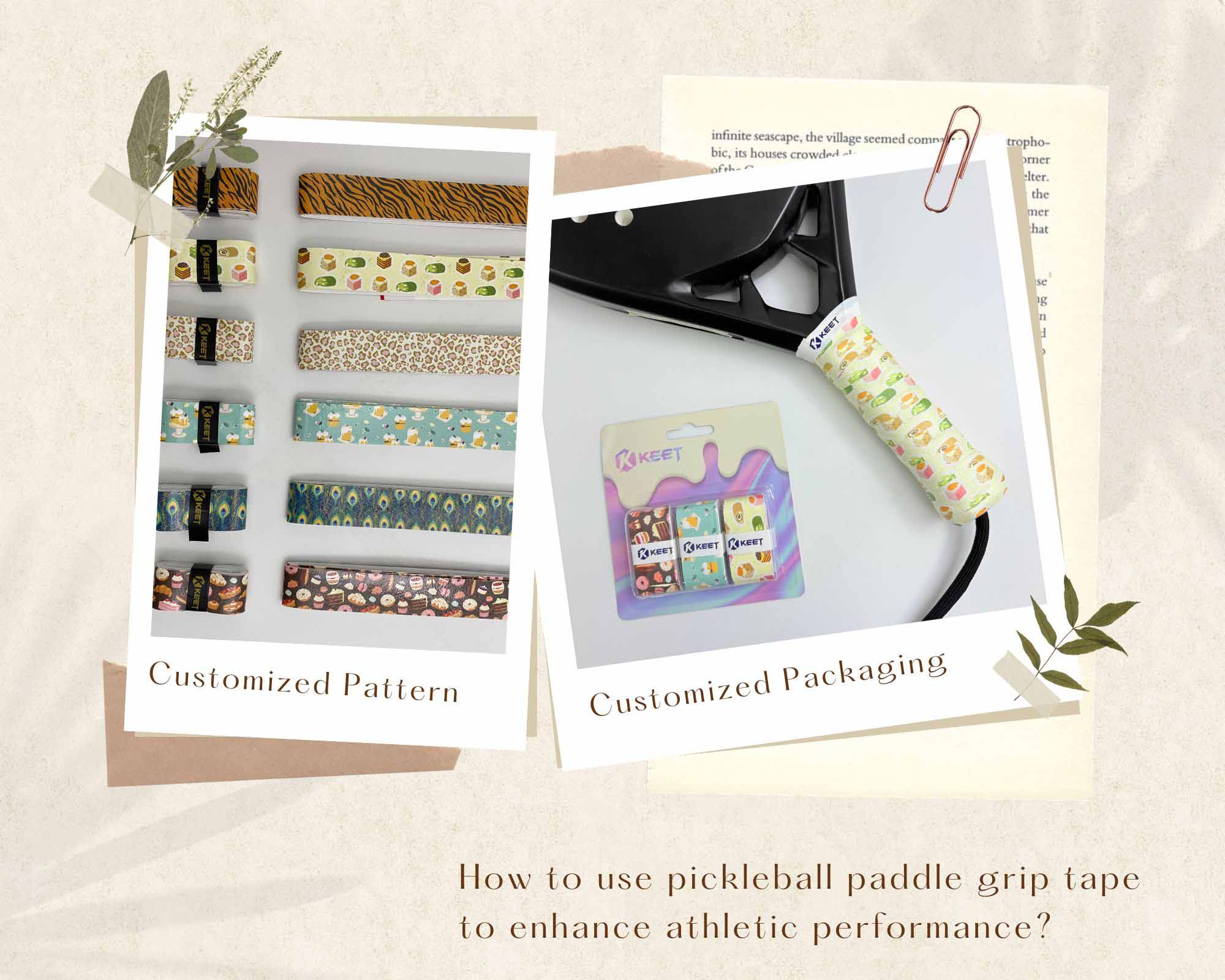
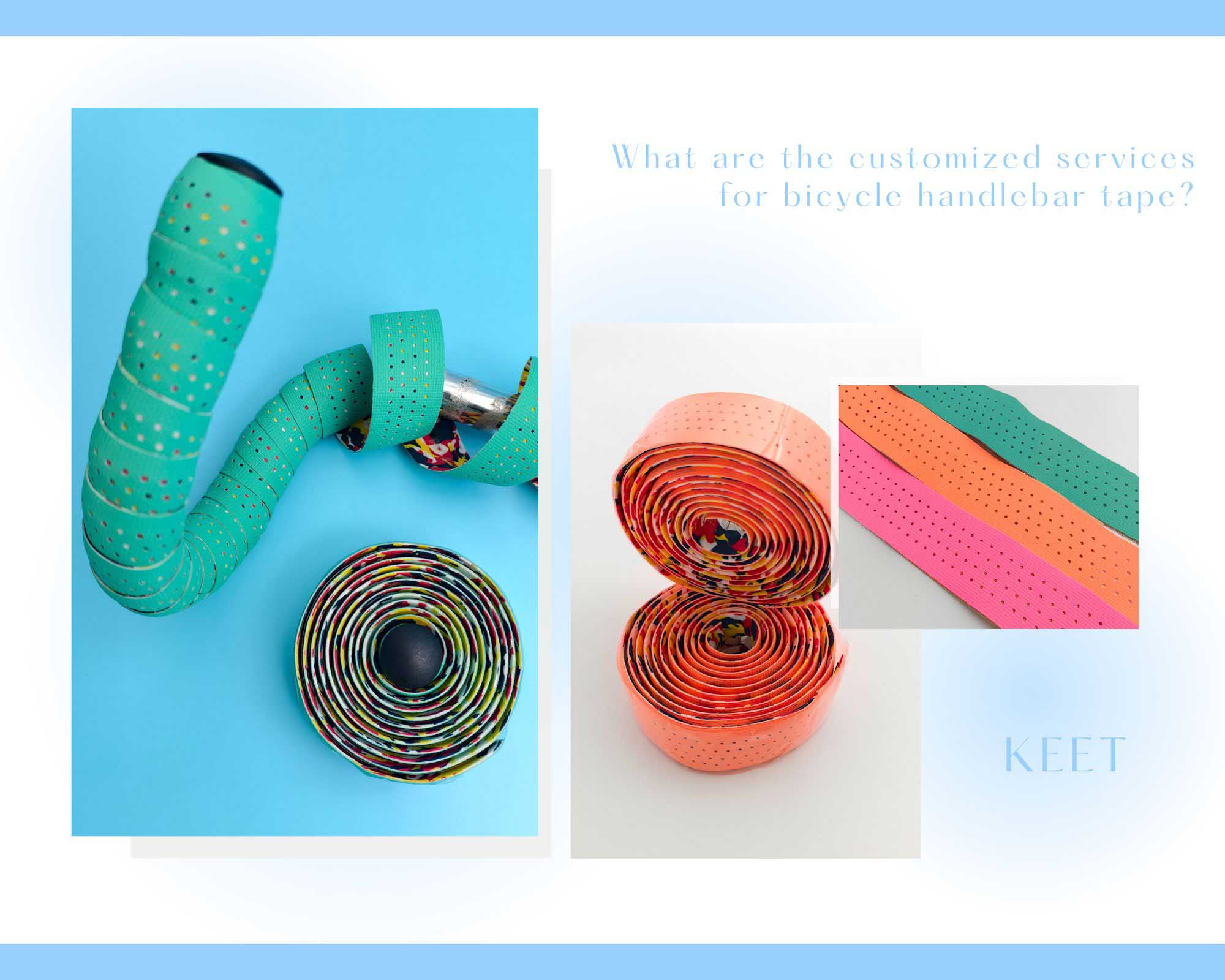
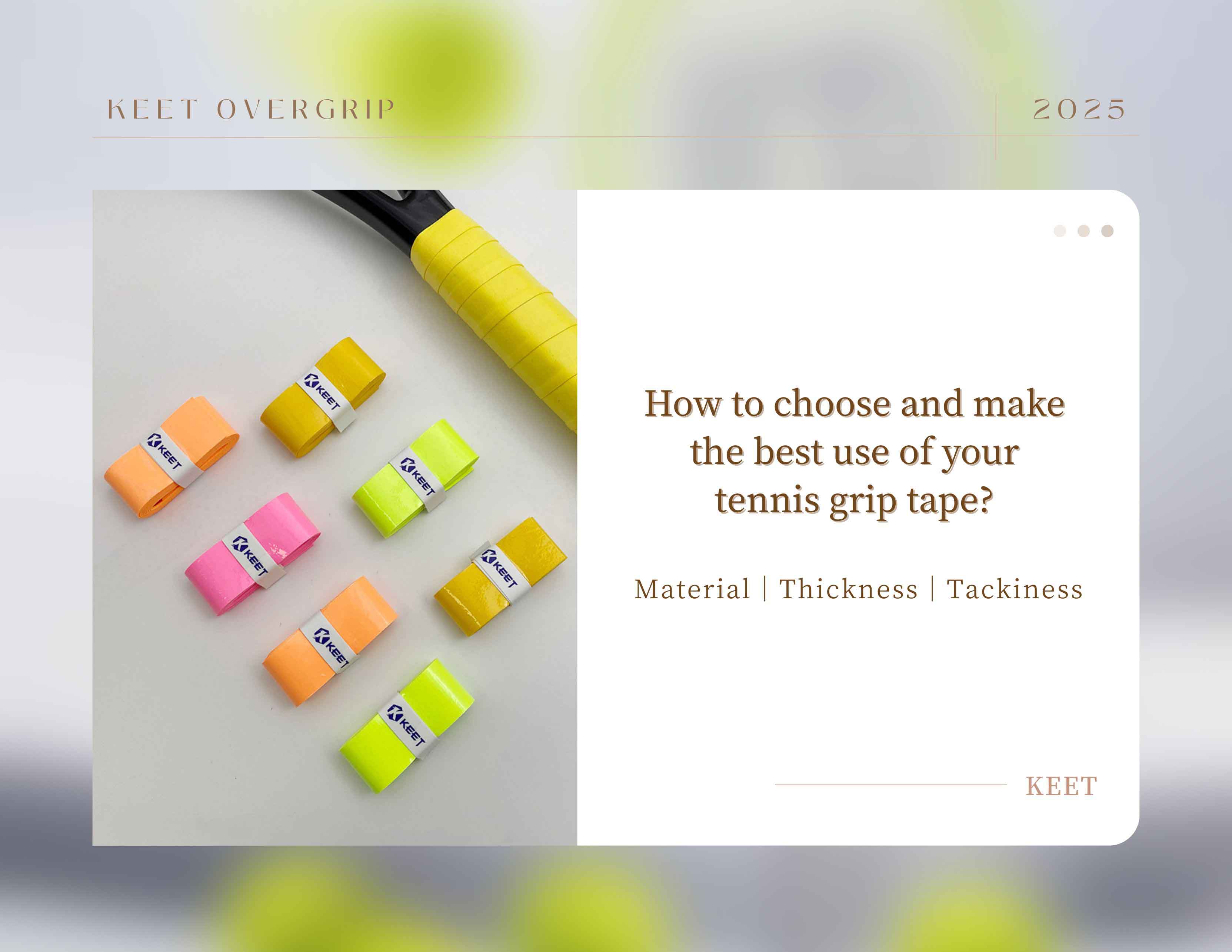
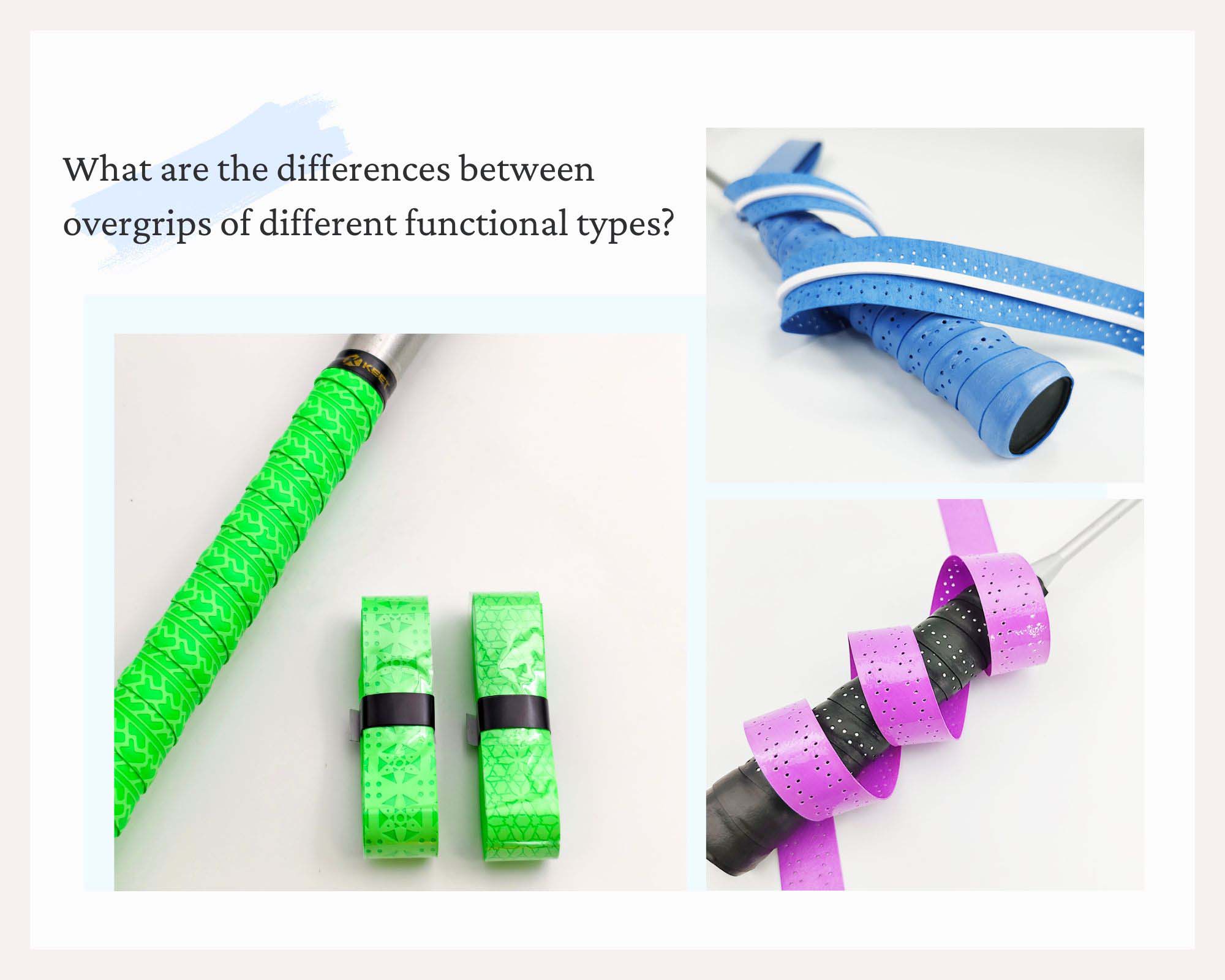
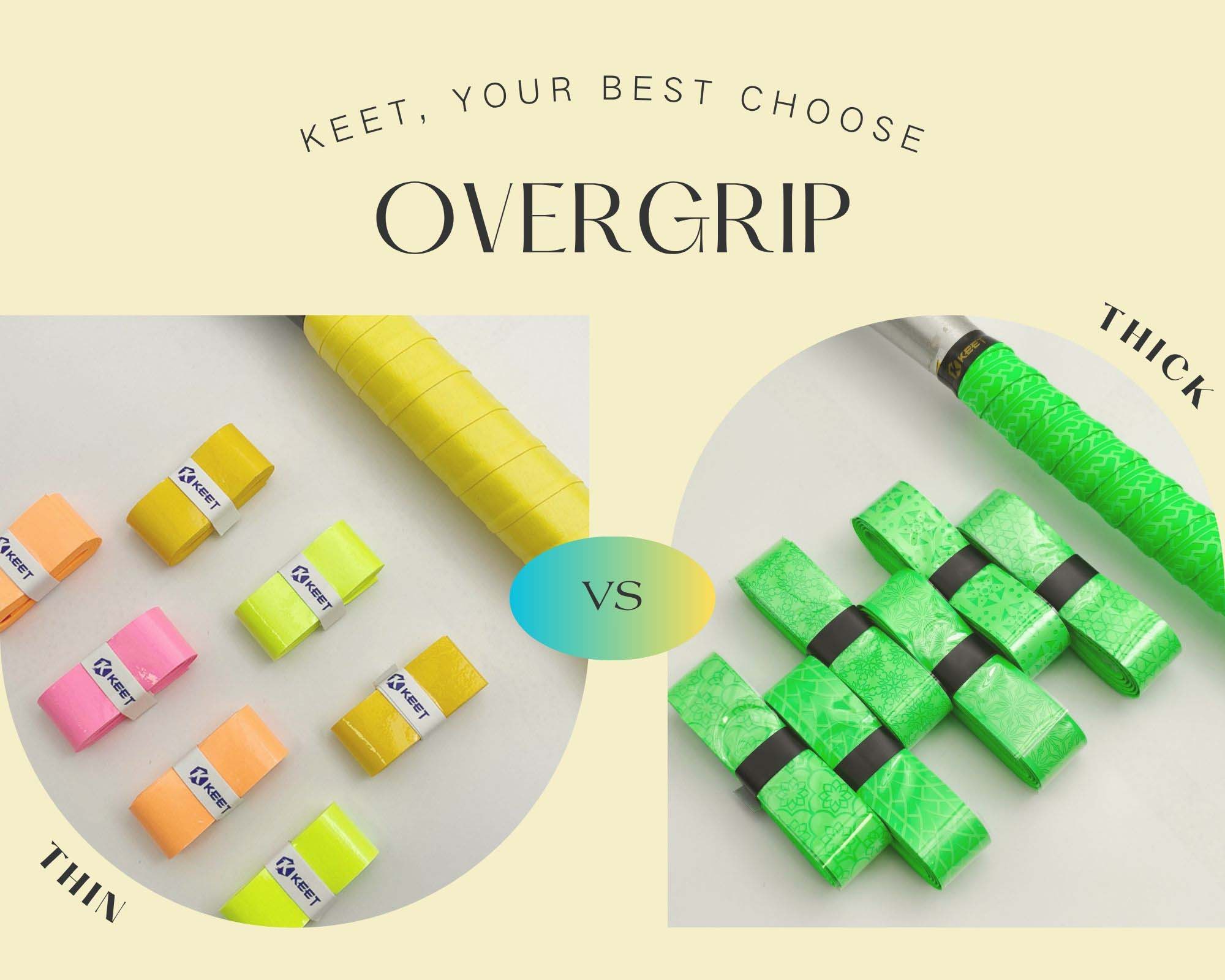
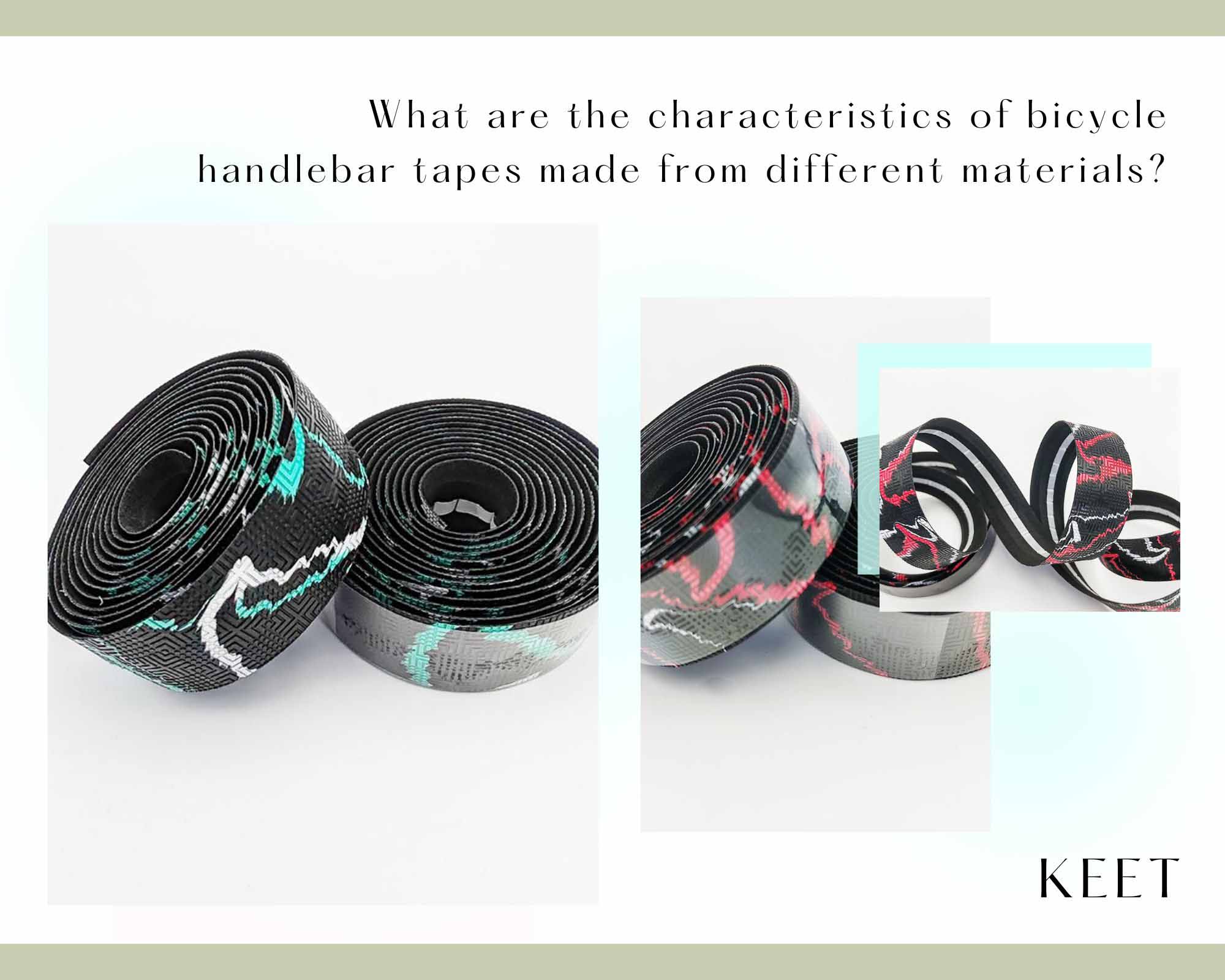
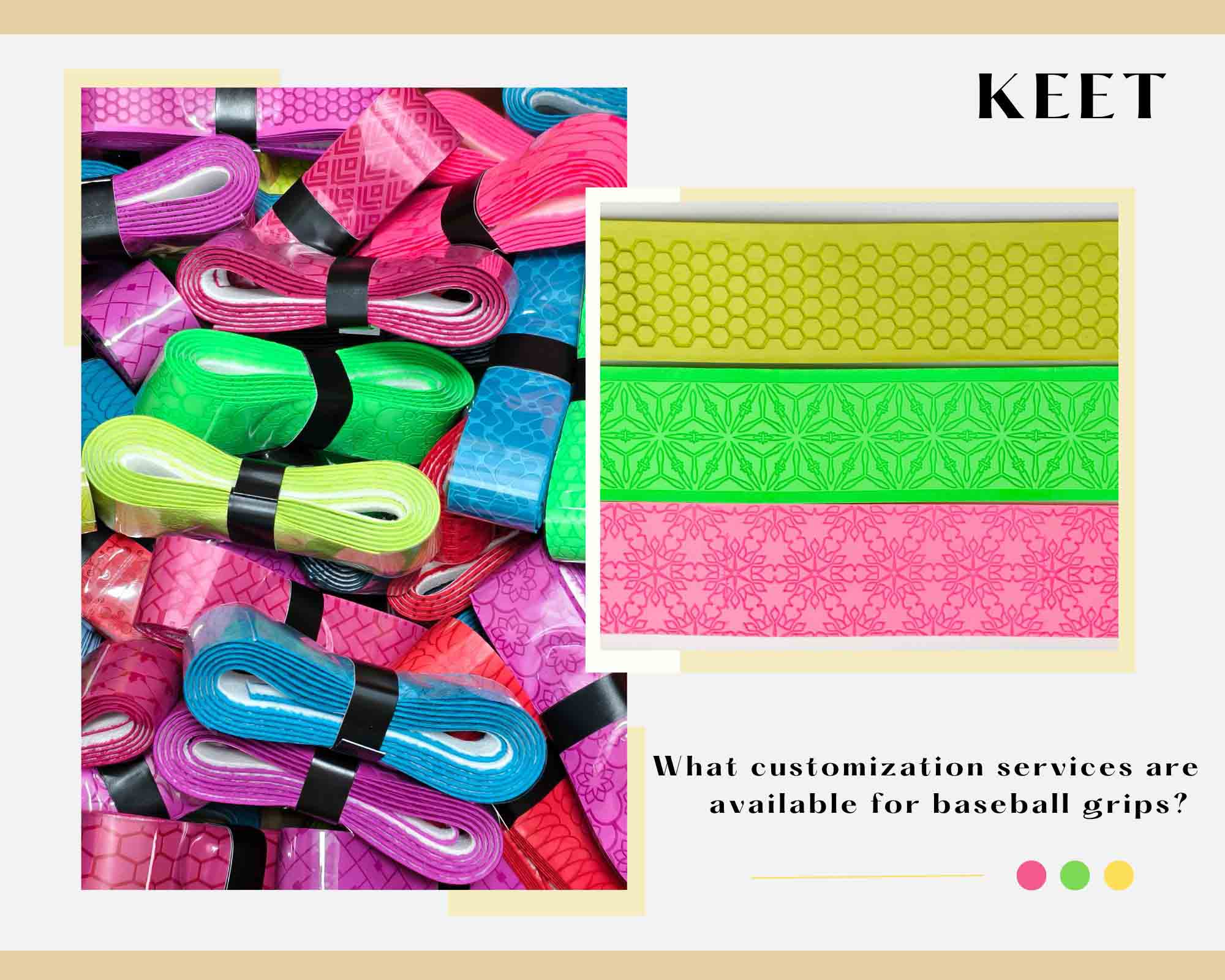
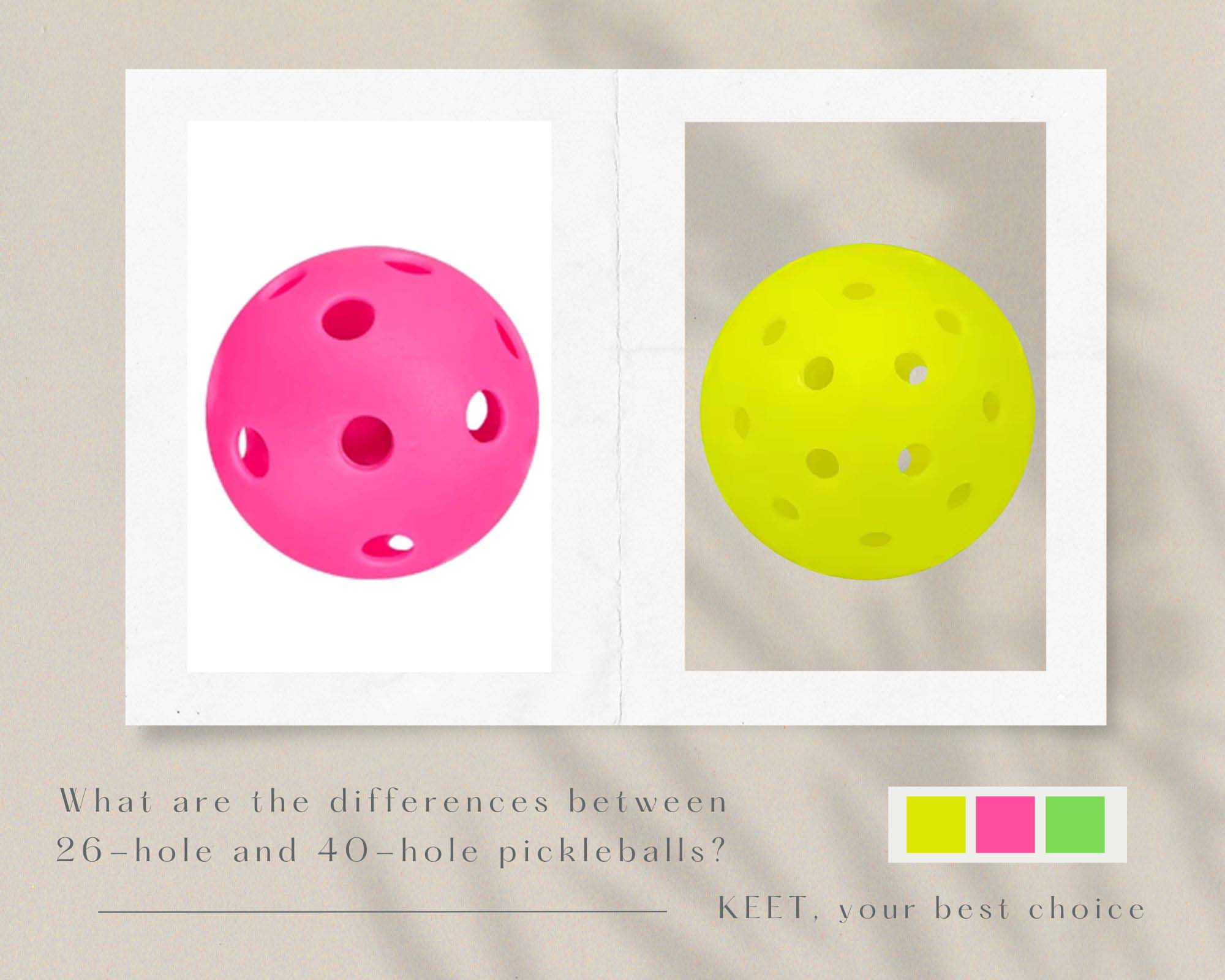
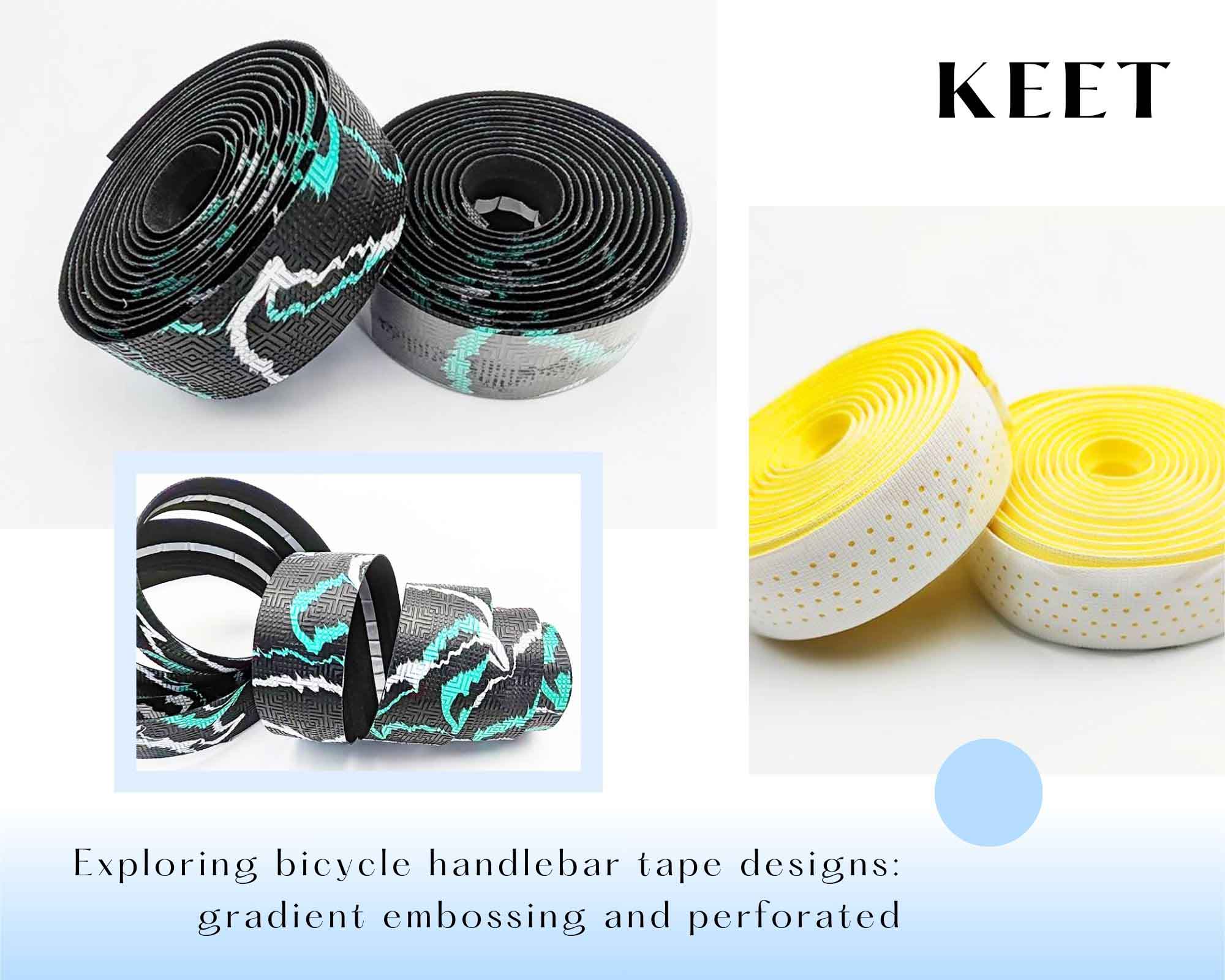
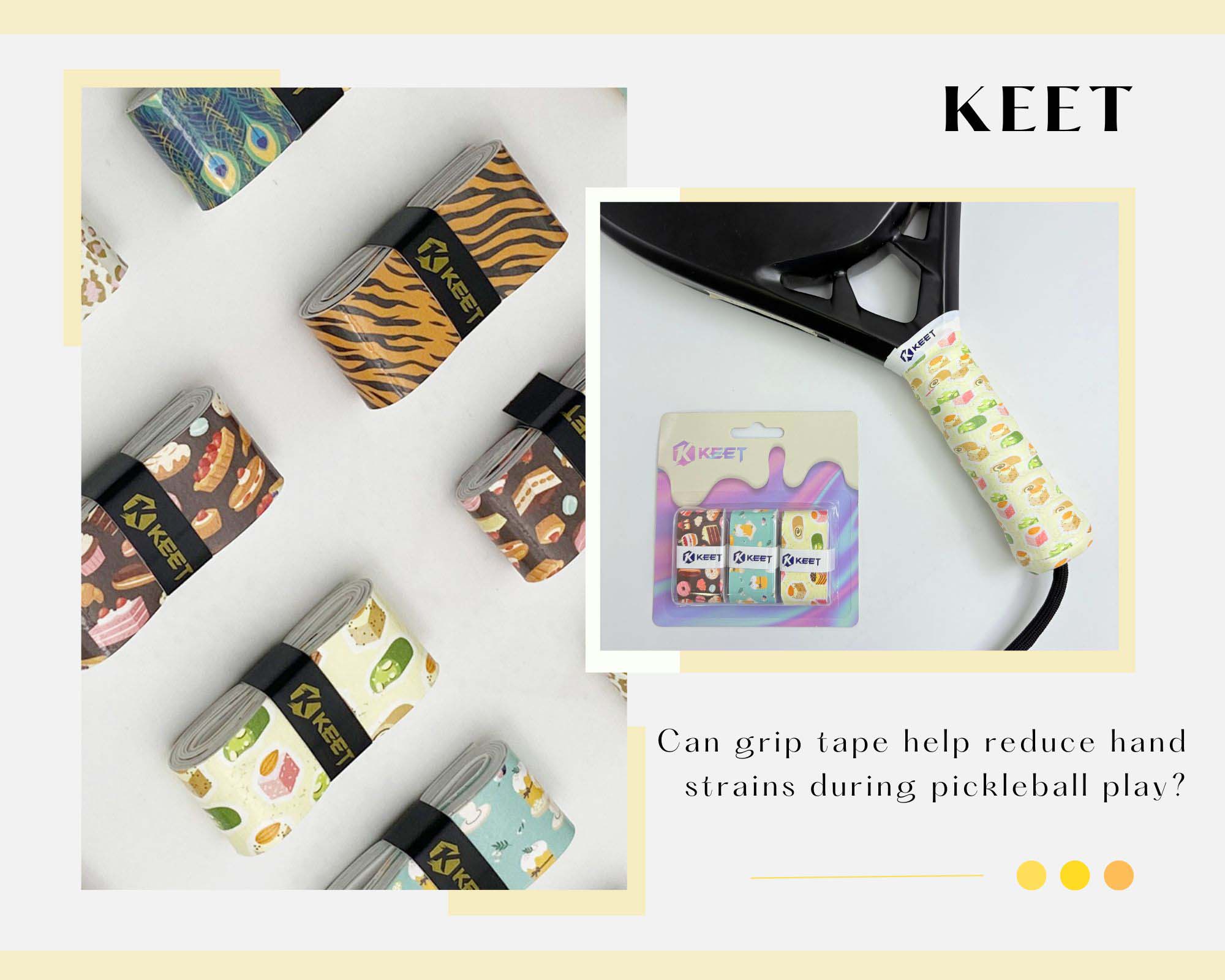
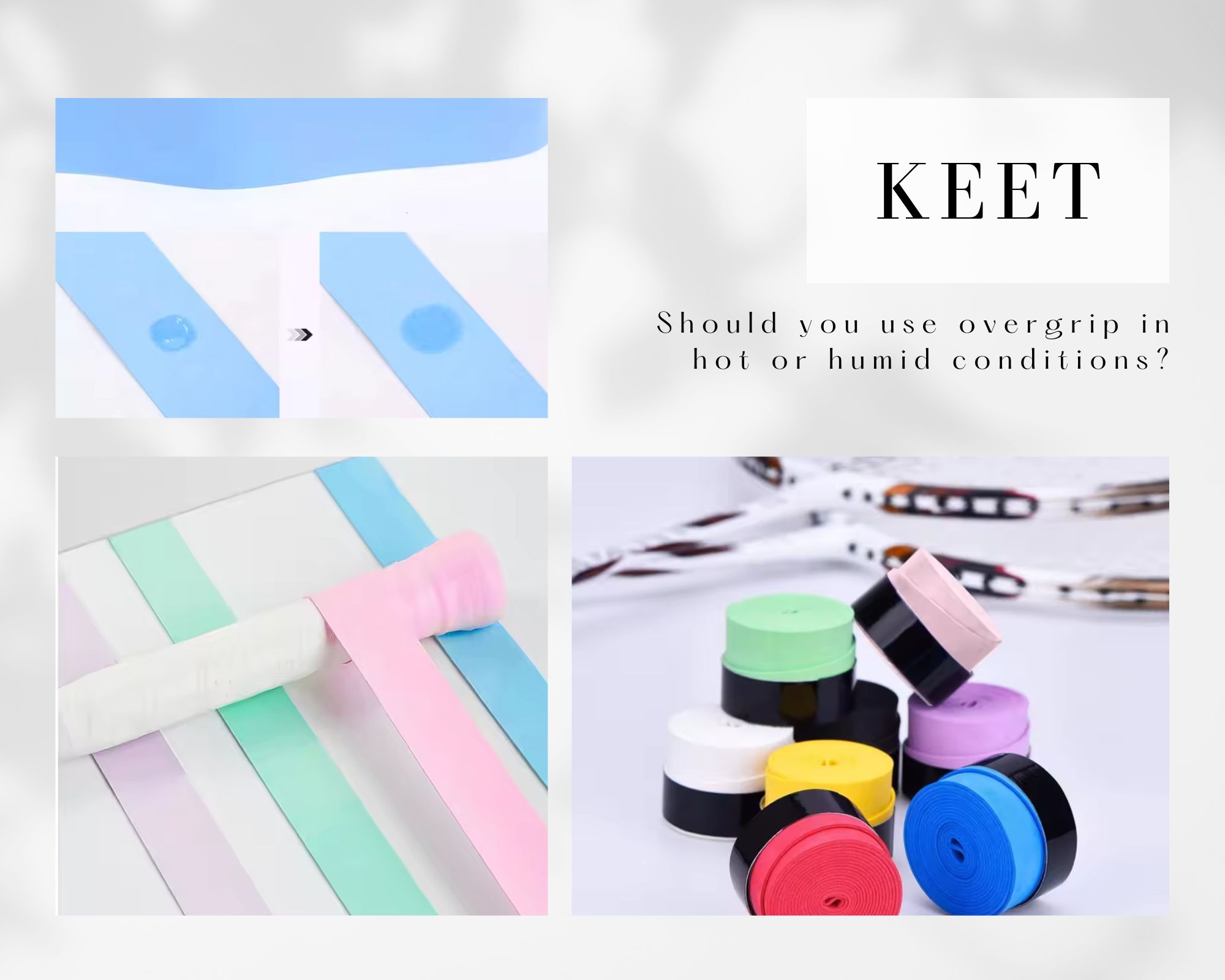
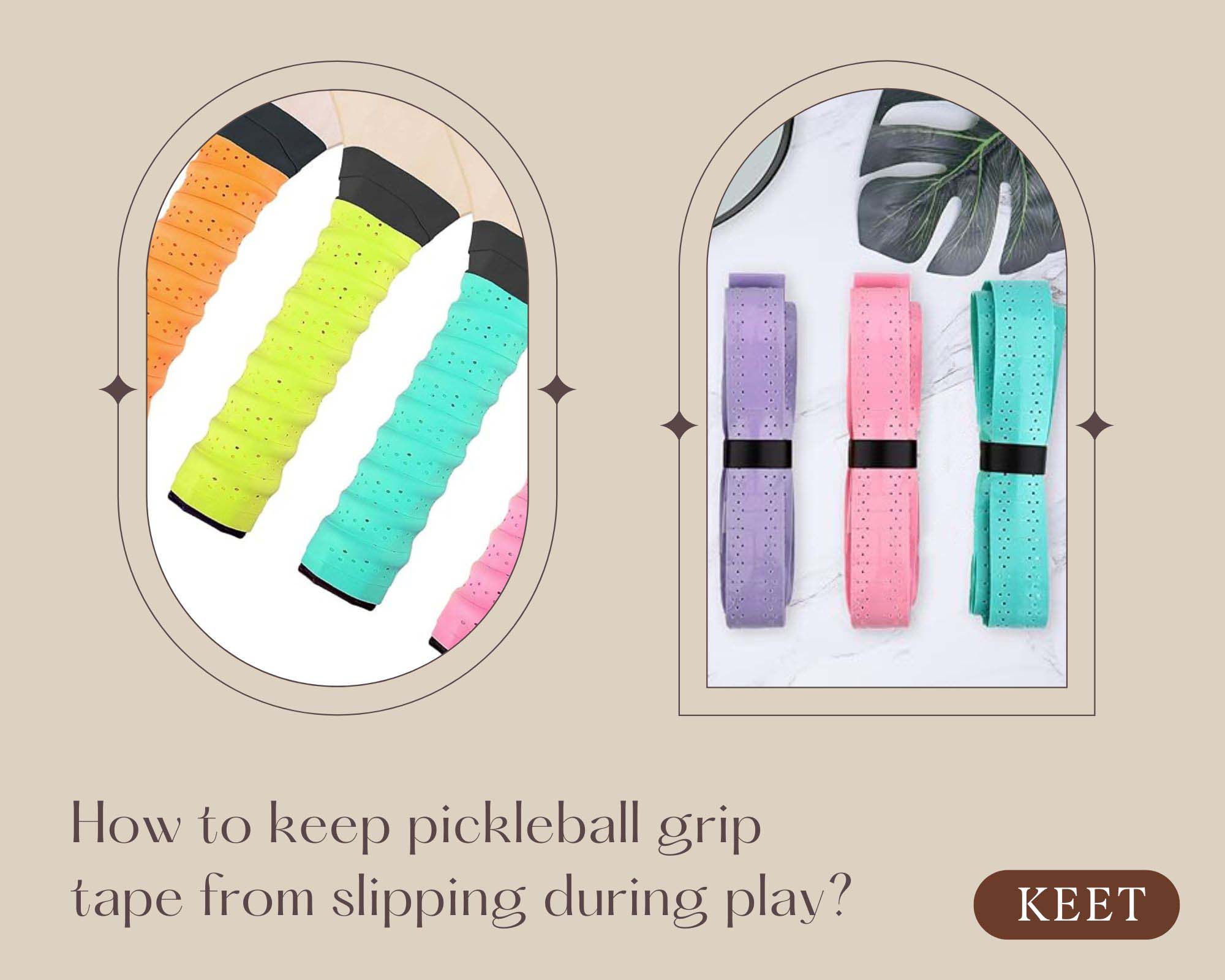
 Network Supported
Network Supported